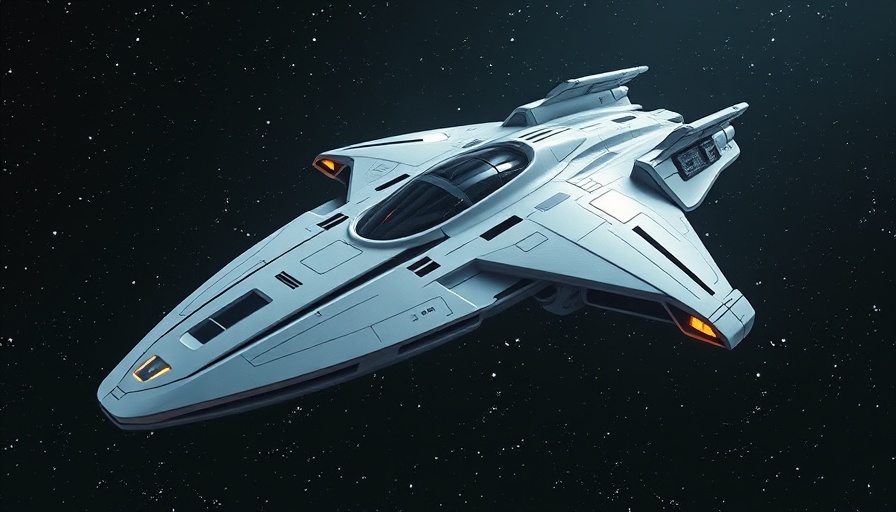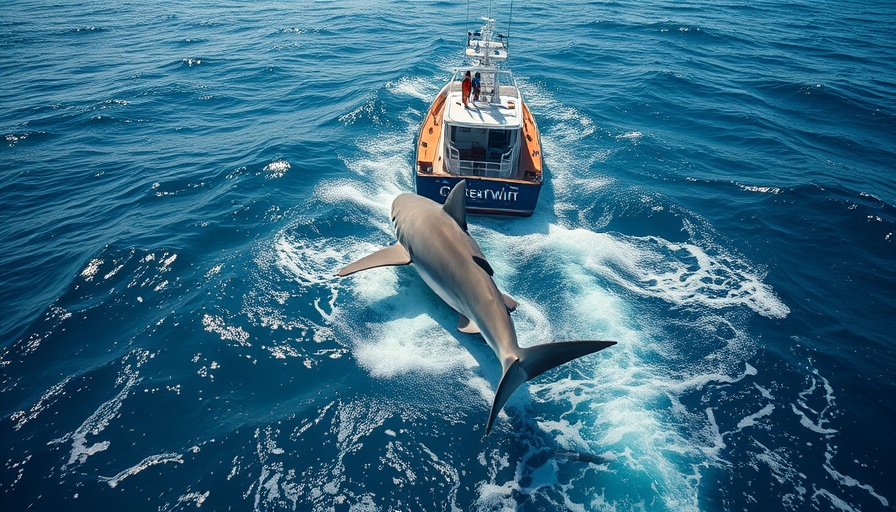
Understanding Our Kindness and Reliability
There's a prevailing narrative that suggests humans are inherently untrustworthy and that technology will inevitably betray us. However, the TED Talk, "Humans are kinder – and robots are more reliable – than we think!", challenges this misconception. It highlights how our inherent kindness and the reliability of technology can shape a better future.
In 'Humans are kinder – and robots are more reliable – than we think!', the speaker dives into how kindness and technology intertwine, prompting us to explore these insights more deeply.
Reassessing Our Perspective on Kindness
Despite the challenges and negativity often captured in the media, everyday acts of kindness abound in our communities. From a simple compliment to a stranger’s smile, these small actions remind us that empathy and compassion exist all around us. The narrative presented in the TED Talk emphasizes that we often underestimate the kindness in ourselves and others. In a world that occasionally feels harsh, recognizing these moments can help us create a positive ripple effect, fostering more understanding and human connection.
The Reliability of Technology
Conversely, the talk also addresses the growing dependence on technology. Robots and artificial intelligence systems are designed to learn from their surroundings and adapt accordingly, making their reliability quite notable. For instance, AI systems now assist in medical diagnoses, enhancing the decision-making capabilities of healthcare professionals. This partnership not only streamlines processes but also aims to minimize human error. We must acknowledge that while technology won't entirely replace human interaction, it offers tools that can enhance our abilities to connect and assist others.
Finding Balance in Human-Robot Interactions
Another key point from the talk is the potential of a harmonious relationship between humans and robots. The line between humans and robots is increasingly blurred—robots can practice kindness, guided by human empathy embedded in their programming. For example, social robots now engage with the elderly, providing companionship and support. This intersection of kindness and reliability presents a unique opportunity to reshape societal norms around technology and relationships.
Future Predictions: Embracing Coexistence
Looking ahead, we can predict that as technology advances, our relationship with it will become even more critical. As we learn from robotic innovations, the future will likely showcase an integration where AI supports not just tasks but meaningful human connections. Embracing this inclusive narrative will be pivotal for steering society toward a future where kindness and technology exist side by side.
Conclusion: A Call for Reflection
The TED Talk presents a refreshing perspective on the dual aspects of kindness and technology’s reliability, prompting us to reflect on our own interactions with both. As we move forward, let’s challenge old narratives that diminish our humanity and the positive potential of technology. Instead, let us cultivate a culture of compassion and curiosity, as this will only enhance our experiences—both as individuals and as a society.
 Add Row
Add Row  Add
Add 




Write A Comment